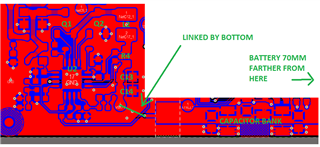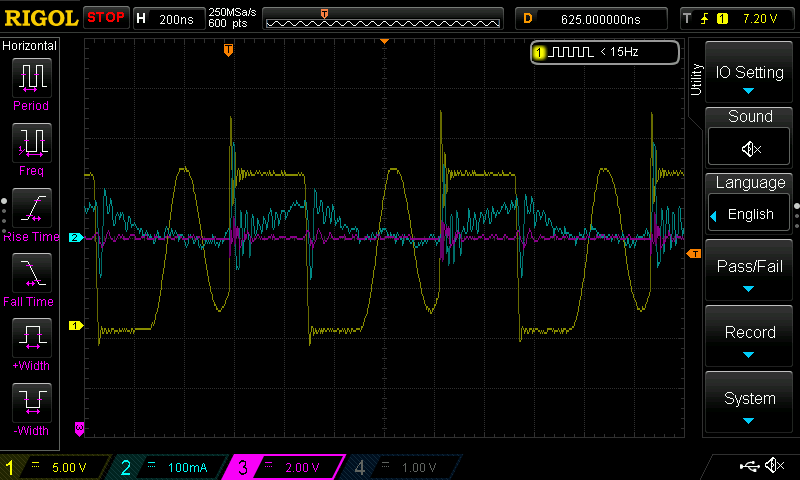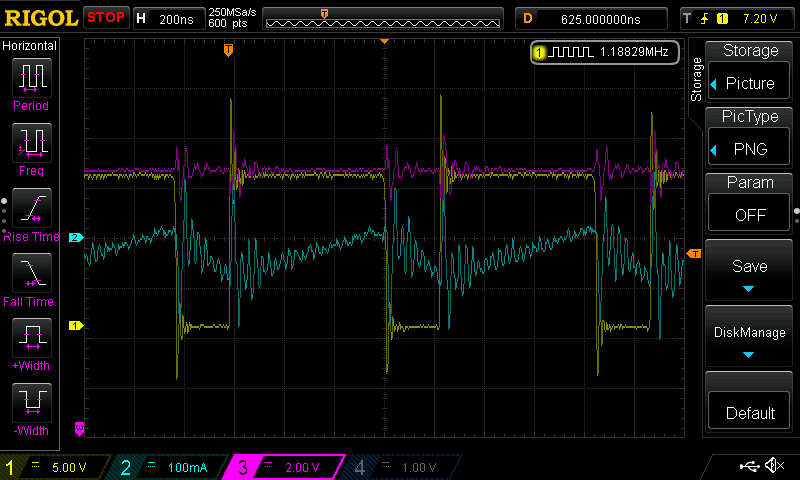Tool/software:
I am a bit confuse with the charging current of my setup. I am trying to charge at 85mA but resulting charging over an Amp.
First of all, we are using a small 3S 150mAh battery. We want to have a safe pre-charge so since the "The minimum pre-charge current is clamped to be around 125 mA with default 10-mΩ sensing resistor." as stipulate at page 11, we have use a shunt of 82mOhms to give more gain and lower the pre-charge to about 15mA (1/10C of our small battery). We should now have a safe pre-charge. But despite this above sentence, there is no sign of this behavior in the Functional Block Diagram
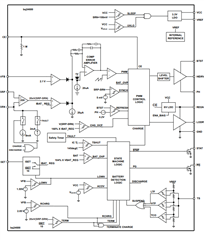
Plus there is not much info about the changing the shunt value.
Can we really change the shunt value or we should keep the 10mOhms?
If we are stuck with the default value, I guess that this chip if for battery that are at least 1.25Ah to have a safe 1/10C pre-charge?
So what is wrong with our design?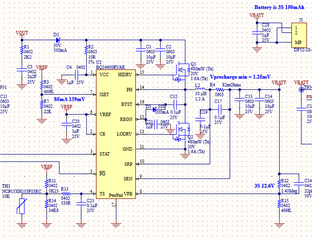
Thanks for your help


